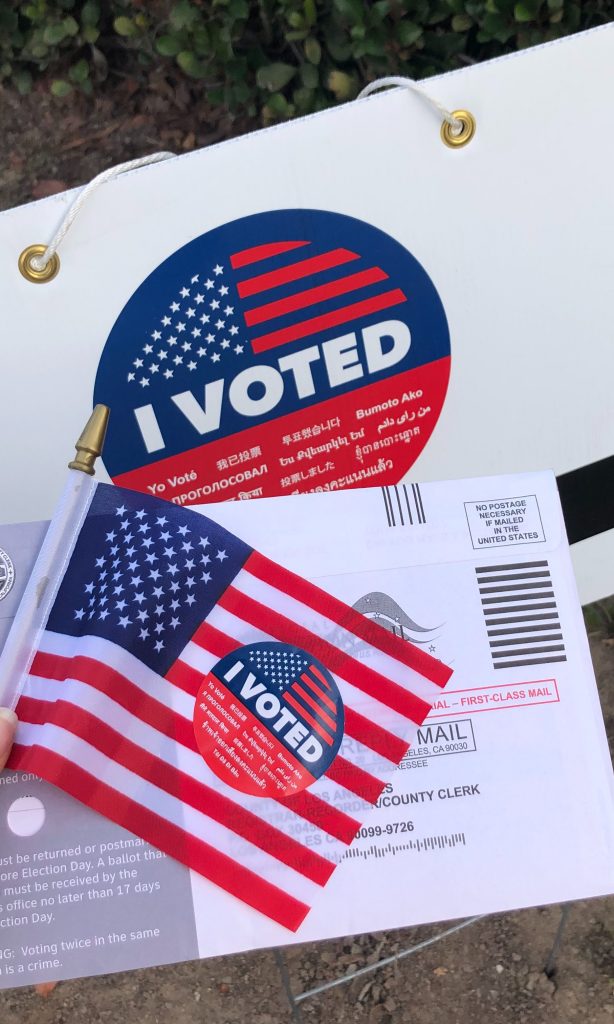
Appeals Court Rules Governor Newsom’s Use of Emergency Powers Was Constitutional
May 21, 2021In Gallagher v. Superior Court, the Third Appellate District upheld the Governor’s authority to issue broad Executive Orders for the duration of a declared emergency. The Court held (1) an application for a restraining order preventing enforcement of Executive Order N-67-20 regarding the 2020 election was moot; and (2) the Emergency Services Act is constitutional, upholding the Governor’s many COVID-19 related executive orders.
The outcome of this case confirms several assumptions about Governor Newsom’s COVID-19 Executive Orders. First, the Orders have been and continue to be a legal exercise of the State’s authority during a declared emergency. Second, the Orders will expire when the Governor rescinds them, Governor declares the emergency over, or Legislature declares the emergency over.
Factual Background
In June 2020, the plaintiffs in Gallagher v. Superior Court (“Gallagher”) filed a complaint for declaratory and injunctive relief seeking a judgment that Executive Order N-67-20 is an unlawful expansion of the powers afforded to the Governor under the Emergency Services Act and is an unconstitutional exercise of legislative powers reserved only to the Legislature.
Executive Order N-67-20 (the “Executive Order”), issued on June 3, 2020, affirmed that all counties would mail eligible voters vote-by-mail ballots as well as some additional terms related to the number and operation of polling places and vote-by-mail drop off locations. When the Governor issued the Executive Order, two bills addressing the substance of the Executive Order were also pending in the Legislature. After the plaintiffs filed their lawsuit, but before the case was heard, the Governor signed both bills into law. These bills, AB 860 and SB 423, addressed largely the same issues as the Executive Order and superseded the Executive Order.
Emergency Services Act – Brief Overview
The Emergency Service Act (“ESA”) allows the Governor to “make, amend, and rescind orders and regulations necessary to carry out the provisions of this chapter” and such “orders and regulations shall have the force and effect of law.” (Gov. Code § 8567(a).) It also states that during “a state of emergency the Governor may suspend any regulatory statute, or statute prescribing the procedure for the conduct of state business, or the orders, rules, or regulations of any state agency . . . where the Governor determines and declares that strict compliance with any statute . . . would . . . prevent, hinder, or delay the mitigation of the effects of the emergency.” (Gov. Code § 8571.) Lastly, the ESA provides that “during a state of emergency, the Governor shall, to the extent he deems necessary, have complete authority over all agencies of the state government and the right to exercise with the area designated all police power vested of the state government and the right to exercise within the area designated all police power vested in the state by the Constitution.” (Gov. Code § 8627.)
Throughout the COVID-19 state of emergency, the Governor has relied upon the ESA as statutory authority for sweeping executive orders, including the Executive Order at issue in Gallagher.
The Third Appellate District Court’s Decision in Gallagher
The Court addressed two main issues: (1) whether the Plaintiffs’ request was moot and (2) whether the ESA is unconstitutional such that the Governor’s executive orders exceeded his constitutional authority.
By the time the superior court had issued its decision, the Plaintiffs’ claim for declaratory relief that the Executive Order was null and void “was unquestionably moot.” The Court noted, however, that the remaining controversy of the Governor’s authority to issue and implement executive orders under the ESA was ripe for a decision.
On this second issue, the Plaintiffs argued that the ESA was unconstitutional because it allows the Governor to create or amend statutes – a task constitutionally reserved to the Legislature. This, Plaintiffs claimed, creates an unconstitutional violation of the separation of powers doctrine.
The Third District of the California Court of Appeal disagreed with the Plaintiffs. Rather, the Court reasoned, the Emergency Services Act allows the Governor the flexibility to issue orders tailored to the specific emergency threatening California, while still placing sufficient safeguards to prevent the Governor from creating long-lasting policy change without the Legislature’s input and participation. The Court reasoned that Government Code section 8627 charges the Governor with the responsibility to provide a coordinated response to emergencies. This purpose, while broad, provides sufficient guidance to the Governor – i.e., to issue orders that further a coordinated emergency response. Further, the Court reasoned, the Governor is required to terminate the emergency, nullifying the orders issued under the ESA, as soon as conditions warrant. Importantly, the Legislature is also empowered to terminate the emergency at any time with the same effect of nullifying orders issued under the ESA. This procedure provides a safeguard against executive orders with an undefined term of effectiveness.
The Governor has signaled that on June 15 his administration will begin rescinding some, if not all, executive orders issued during the COVID-19 pandemic. Thus, while the Gallagher decision has important implications for the overall scope of the Governor’s power during declared state of emergency, the Governor will likely end some of the COVID-19 related executive orders within the month.


